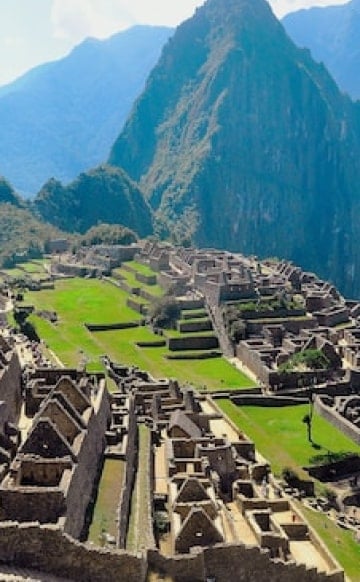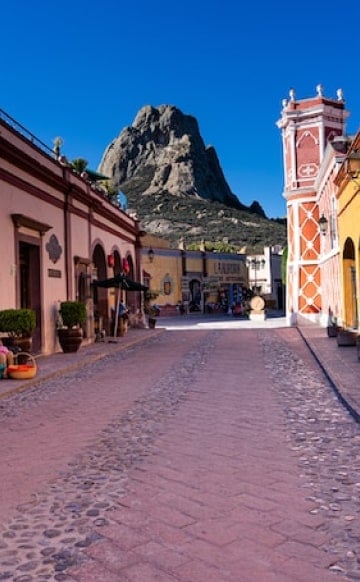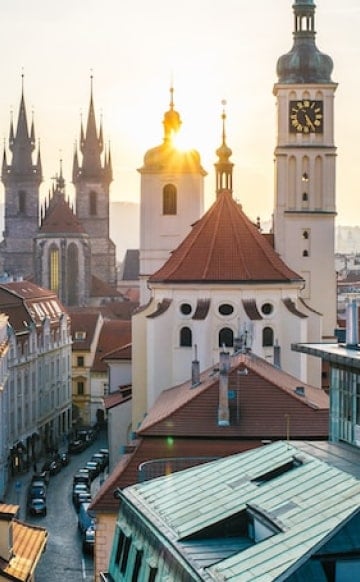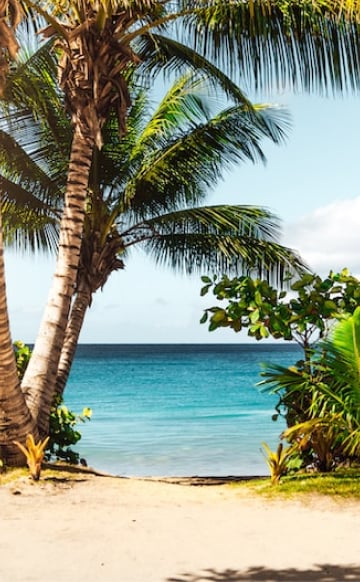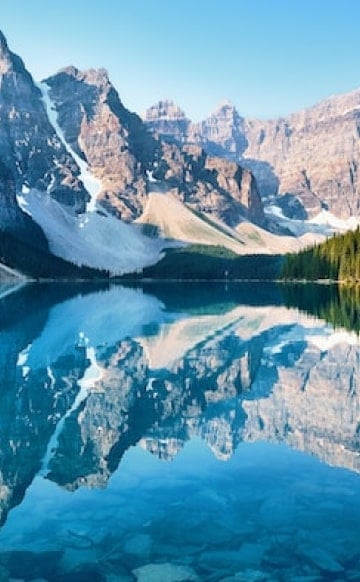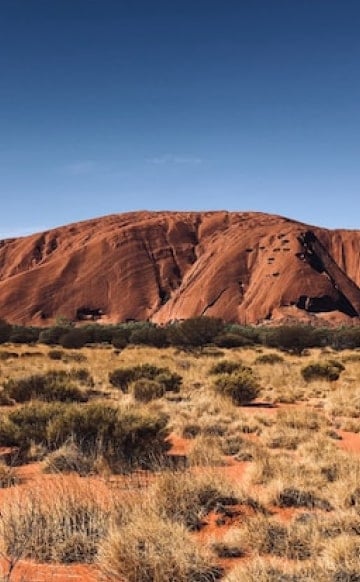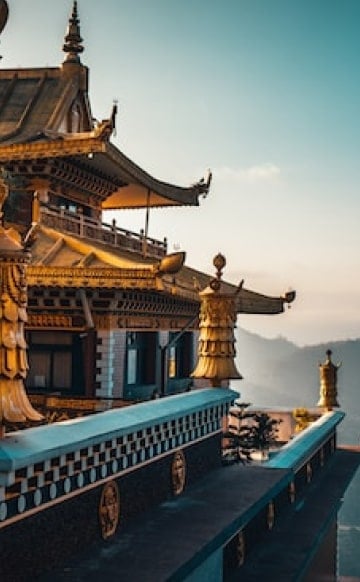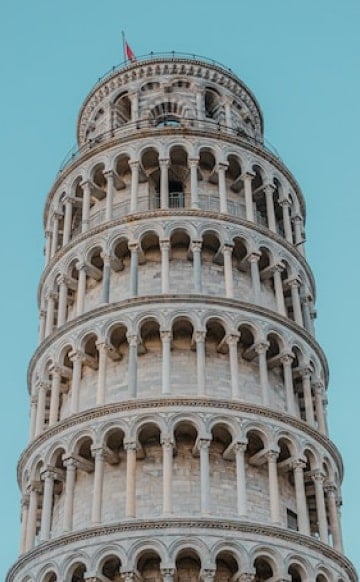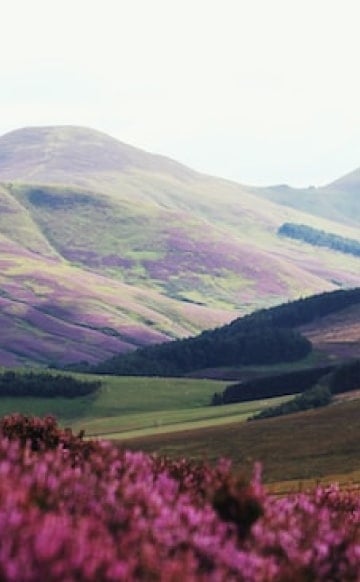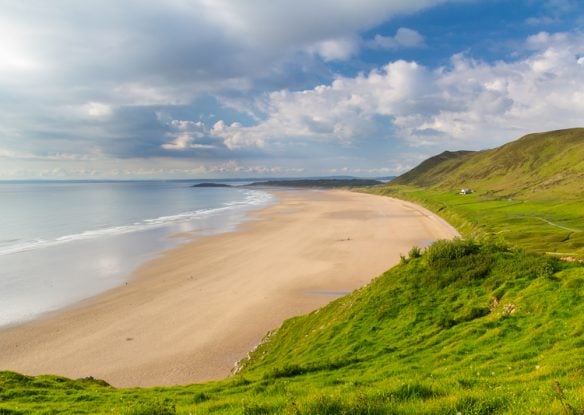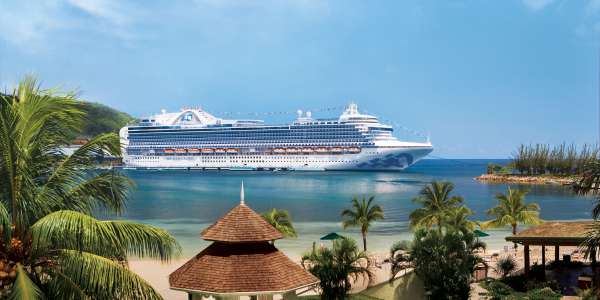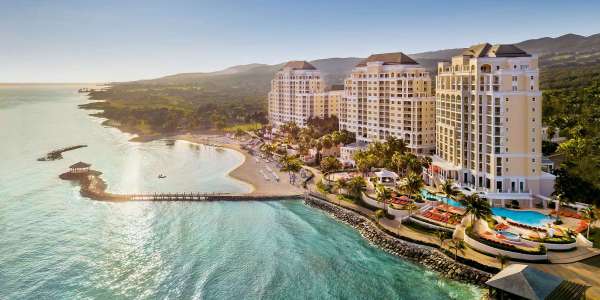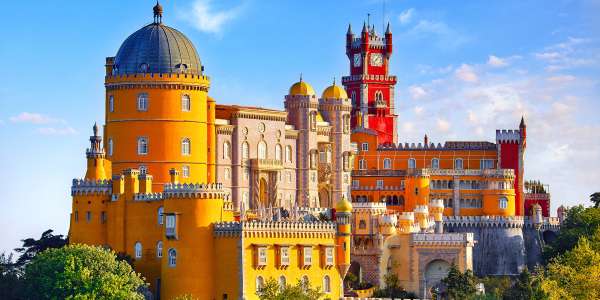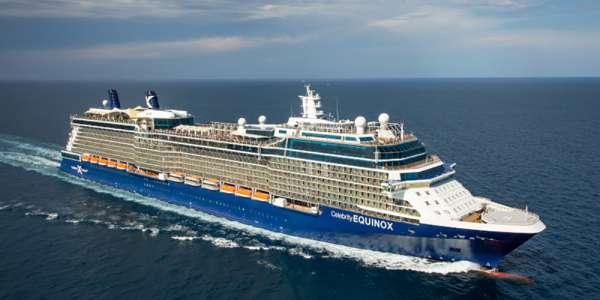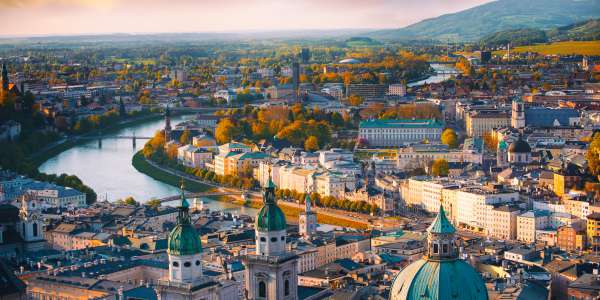Stargazing can be a mesmerizing experience, but sadly the opportunities are becoming increasingly rare with all that manmade lighting. It shines on city streets, from porches, nightlife venues, and countless other areas, expanding upward and outward until it brightens up the once dark skies. Fortunately, there are still places in the world that are far from light pollution, allowing for stellar stargazing and even sights of the Milky Way. For the best of the best, consider visiting one of these destinations, some of which might include the chance to see the northern (or southern) lights too.

Monument Valley, Arizona
Set along the border of Arizona and Utah, Monument Valley is a wonderland of spires, buttes, and red rocks. It’s one of the most enduring images of the American West, featured in numerous western films, but you’ll not only want to stick around for sunset to stay after dark when the night skies are just as impressive. Oftentimes, not only will you view countless brilliant stars but the Milky Way. As the valley is located on Navajo tribal lands, it’s only possible to visit as part of an escorted tour with permission from the tribe. That typically means a day spent learning about Navajo cultural traditions and traditional songs and stories around a campfire followed by some of the world’s best stargazing.

Haleakala National Park - Maui, Hawaii
Many people visit Haleakala National Park to watch a sunrise from Haleakala Crater which sits at over 10,000 feet above sea level, but this is not only one of the world’s best places to watch the sun come up, it’s one of the best spots for stargazing. Come back after dark for a ranger-led guided walk between May and October, or you can pick up a star map at the park headquarters. Just remember it’s going to be a lot colder here than it is down on the beach and it can even snow, so be sure to prepare for chilly, unpredictable weather.

Milford Sound, New Zealand
Rudyard Kipling called Milford Sound the “eighth wonder of the world,” and a visit by day brings the chance to be immersed in awe-inspiring scenery and enjoy wildlife viewing, including penguins and dolphins. But the night’s sky is another one of its many natural treasures. Its southern location and lack of light pollution provide idyllic conditions for stargazing, including the Milkway Way which stretches across the southern sky. Look for the Magellanic Clouds (extraordinary dwarf galaxies) and New Zealand’s most famous constellation, the Southern Cross.

Tonopah, Nevada
While Tonopah is a small town in Nevada, it’s often ranked as the top spot for stargazing in the U.S. Located far from the bright lights of Vegas (215 miles north), roads mapped out referred to as “star trails,” provide perfect vantage points for taking in countless stars in the dark night skies, including the Milky Way on a clear, moonless night. They say around 7,000 can be seen by the naked eye, compared to less than 50 in a big city. If you’ve got really good vision you can even spot stars as faint as visual magnitude +7.0, the faintest of stars visible to the unaided eye.

Tucson, Arizona
Tuscon is famous for its saguaro cactus, with countless cacti in Saguaro National Park, along with opportunities for a wealth of outdoor adventures like rock climbing, caving, hiking, and mountain biking, but it’s also one of the top spots in the world for stargazing. Kitt Peak National Observatory is positioned high above the Sonoran desert and hosts one of the most extensive collections of research telescopes on the planet. Here visitors can take in some of the most incredible night skies via the Nightly Observing Program located at the visitor center.

Chichén Itzá, Yucatan, Mexico
Chichen Itza, a large pre-Columbian city built by the Mayans, is one of Mexico’s most visited archaeological sites, attracting visitors from across the globe. There are many centuries-old wonders, with the most popular the Temple of Kukulcán, a Mesoamerican step-pyramid dominating the center of the site. The Maya were expert sky-watchers and proof of their fascination with astronomy is literally carved in stone. El Caracol, dubbed “the observatory,” has narrow shaftlike windows that frame important astronomical events, while “the snake,” an apparition of shadows descending the stairs at El Castillo occurs during the solar equinoxes every spring and fall. Not surprisingly, viewing the Milky Way is often possible here too. Can you imagine viewing it above one of the New Seven Wonders of the World?

Jasper National Park - Jasper, Canada
In 2011, 97 percent of 4,200-square-mile Jasper National Park was officially designated light pollution-free. It’s the world’s second-largest sky preserve and on a clear night you’re just about guaranteed to enjoy a stellar show that not only includes the Milky Way but you might just catch the northern lights too. From September through April, the sky can burst into a blaze of color, with dazzling green, purple, red, and white rays of light. The park is also known for its breathtaking scenery and abundant wildlife, including moose, elk, caribou, bears, bighorn sheep, mountain goats, and wolves.

Uluru Rock, Australian Outback
The Australian Outback is well known to offer an unforgettable stargazing experience with the night’s skies inky black and far from any light pollution. The Milky Way is clearly revealed, especially from the area around Uluru, although Warrumbungle National Park and Arkaloora Wilderness Sanctuary. To make it even more memorable, consider joining the Sounds of Silence Dinner which includes stargazing along with Aboriginal dancing and didgeridoo music.

Spitzkop, Namibia
Namibia has become famous for its Sossusvlei, a salt and clay pan surrounded by spectacular giant red dunes in the southern part of the Namib Desert, with the sight even more impressive at sunrise and sunset. But most of the desert is flat, providing a 360-degree view of the night’s sky where there is zero light pollution. It’s one of the darkest places on Earth at night providing some of the best stargazing in the world – there’s even an observatory where a resident helps visitors navigate the sky by telescope.

Atacama Desert, Chile
The arid Atacama Desert in Chile is renowned for its clear skies, some of the clearest on the planet. With few major settlements, the dramatic landscapes in this lunar-like region are unspoiled by urbanization and the light pollution that comes with it, obscuring the stars in more developed areas. During the day one can discover thermal springs, copper-hued valleys, and mountain lagoons. In the evening, unwind with a glass of Chilean wine and get ready to enjoy the incredible display in the crystal-clear skies.

Antarctica
It’s not exactly easy to get to Antarctica – most people head to Ushuaia in Argentinian Patagonia where expedition cruises depart, covering the Antarctica peninsula and the surrounding southern islands. Once you reach this remote region of the planet, you’ll enjoy some of the clearest skies as the city at the “end of the world” is nearly 2,900 miles away. Not only is it possible to see the Milky Way but you can gaze up at the ethereal hues of the Southern Lights, especially toward the end of the cruise season in March. Of course, the wildlife is an obvious highlight, including whales, penguins, fur seals, and elephant seals.

La Palma, Canary Islands, Spain
One of Spain’s Canary Islands, La Palma is a top Starlight Tourism destination in Europe, with a dry, high-altitude climate. A UNESCO Biosphere Reserve, it was one of the first places in the country to apply special laws that ensure the sky stays clear of not only light pollution but atmospheric and radio electrical pollution, including the overuse of aviation routes. There are 16 miradores astronómicos, or viewpoints, from which to admire the night’s sky, with Roque de Los Muchachos observatory the highlight at 8,000 feet above sea level, providing views from over a dozen different telescopes.

Vik, Iceland
Throughout Iceland there are many places to admire the night’s sky far from light pollution, making it difficult to pick just one place. It’s easier to choose the time to visit as during the height of summer it never really gets dark at all, so you’ll want to go between late September and April. This is when you can often see the Milky Way and countless brilliant stars, and you might see those colorful lights dancing across the sky as well. The tiny town of Vik on the South Coast is a great place to base yourself and perhaps do some stargazing right from the famous black sand beach nearby.

Isle of Skye, Scotland
Scotland has numerous Dark Sky Discovery Sites, but the Isle of Skye is home to nine of them as part of the Dark Skye project, the forefront of the stargazing movement here. These areas have been blessed with zero light pollution and in the summer, noctilucent clouds (also known as night-shining clouds) may be spotted in addition to the Milky Way. In the winter around the island’s north end, one can often see the lights of the aurora borealis too.

